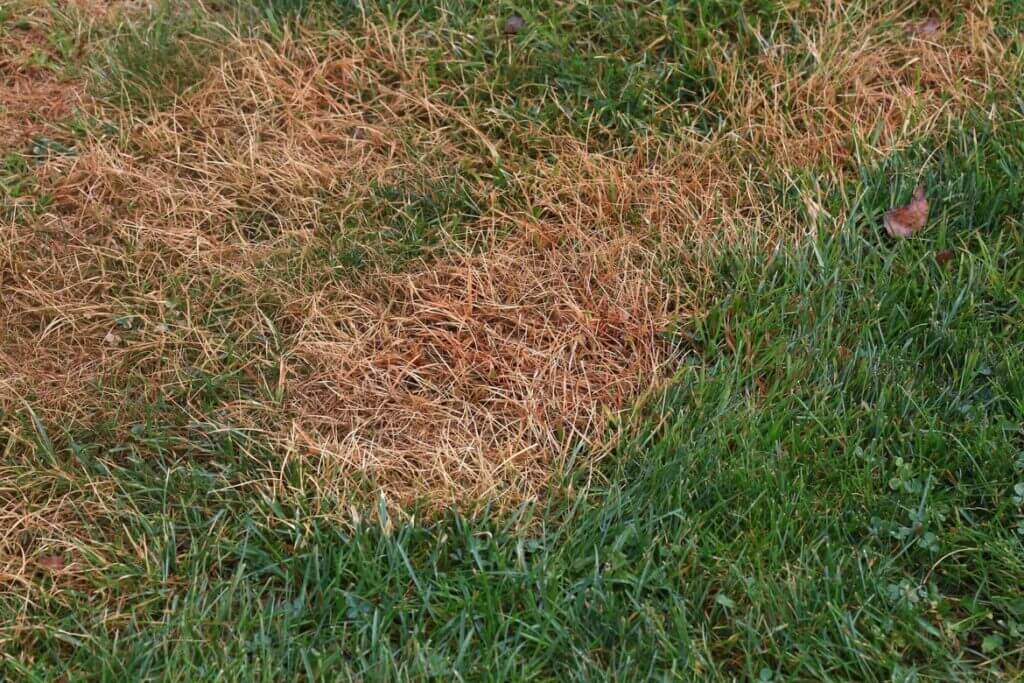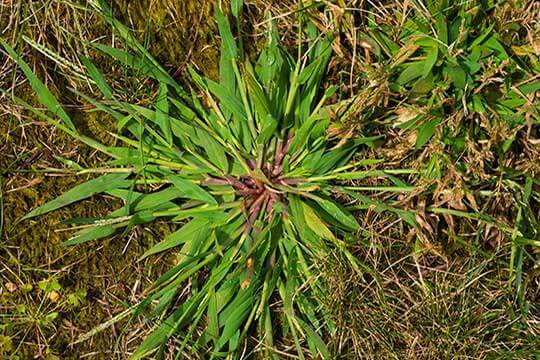Think you have a grub problem? In this article, we explain how to identify them, treat them and prevent them from appearing next year. Enjoy your reading!
How do you identify white grubs in your lawn?
The first signs of a grub infestation usually begin to appear in August. As the eggs hatch, the larvae feed on the roots of your lawn and cause yellow patches to appear.
In order to determine if grubs are present, it is necessary to pull the yellow patches. If infested, the patches will lift easily as the larvae have eaten the roots of the lawn. If the grass doesn’t lift up like a carpet when you pull on it, it’s probably another insect causing the damage.
Another sign that should concern you is the abnormal presence of some birds or small animals trying to dig into the soil. Usually, these birds and animals are looking for the grubs to feed on.
How do you get rid of grubs?
If you have spotted them early enough in the season, it is possible to get rid of them with nematodes, microscopic larvae that penetrate the soil and parasitize the grubs, causing them to die from the inside. Note that this process requires good watering so that the nematodes can penetrate the soil and reach the grubs.
This affordable solution is the most natural and is also the one preferred by our experts.
How to prevent them from appearing?
The key to success with grubs is : Prevention! To do this, in the summer, remember to keep your lawn longer (about 8 cm) and to water it frequently, if municipal regulations allow it. Finally, it is important to remember that a healthy lawn is more resistant to pest invasions. This is why an adapted fertilization program, like the one provided by your Nutrite Expert, is essential!
If you suspect the presence of grubs or to obtain a preventive treatment, contact your Nutrite Expert now.
Your Nutrite Expert is your best ally. By working together, we can minimize the impact of undesirable insects on your lawn to obtain a durable and healthy lawn.




